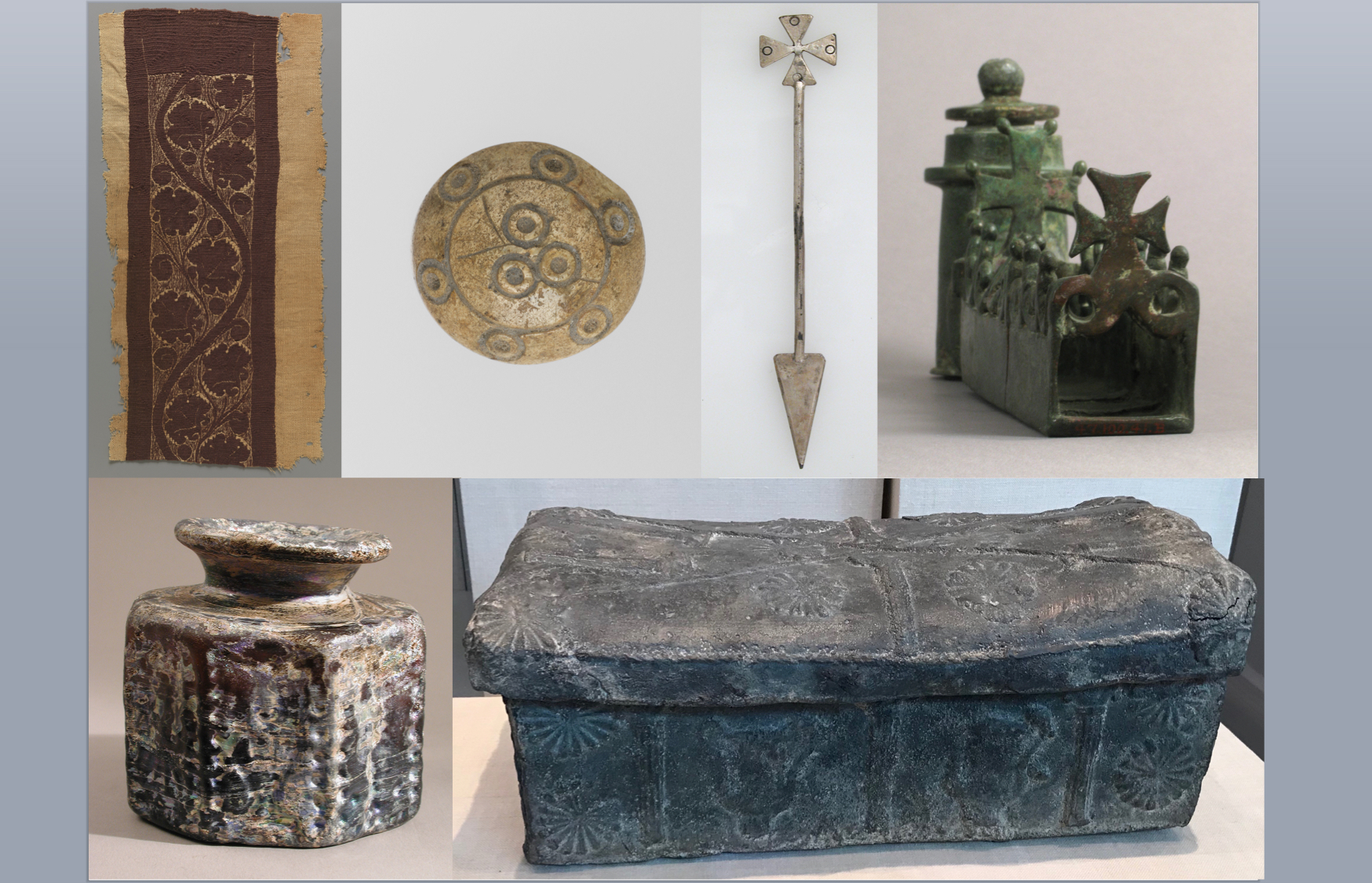Lead has long been used in paint to increase its opacity and improve coverage. However, growing awareness of the dangers of lead has led to the introduction of bans on the production and sale of lead-based paints for domestic use 79 countries, including the USA (1978), and the UK (1992). Not every country has implemented a complete ban, and not every ban has been effectively enforced. China, perhaps the largest international paint producer, has long been suspected of failing to enforce standards, and only very recently introduced tougher standards for the amount of lead allowed in paints (2020).
In 2008, thirty years after lead paint was banned for domestic use in the USA, a study estimated that 70% of elevated blood lead levels (EBLs) identified in children still derived from paint in their homes. 16% of US children (1.7 million) had EBLs, meaning a reading greater than 5.0 μg/dL (micrograms of lead per deciliter of blood). That number has fallen significantly since. Analysis of more than a million blood lead tests conducted between 2018 and 2020 found that fewer than 2% of children had EBLs, although still more than half had detectable blood lead levels.
Children are far more susceptible to lead poisoning than adults. They absorb far more ingested lead from their GI tracts (40% or more, compared to 5-10% by adults) and store it more in soft tissue. The human body mistakes lead for calcium, sending it to places where calcium has vital roles to play. More than 95% of calcium (and therefore of lead) in an adult human body, and 70% in a child, is stored in bones and teeth. Adults excrete lead via the kidneys and liver. Because their kidney and liver detoxification systems are biologically immature, children excrete lead less easily and absorb it more readily into soft tissue and internal organs, including the brain. A child’s blood-brain barrier is also immature and susceptible to damage by lead. Calcium is essential for brain development and function, whereas lead is a powerful “developmental neurotoxin, interfering with neurotransmission, cellular migration, and synaptic plasticity during central nervous system development … [which leads to] many cognitive and motor deficits.”
The same study highlighted the risk of dust: “house dust levels best predict children’s BLLs [blood lead levels]”. Roman children, particularly those in richer households where walls were richly painted, or where paintings might hang, must have been exposed to copious quantities of lead dust.
Roman paint was replete with lead. Analysis of a portrait of a young woman painted on a wooden panel in Egypt (2nd century AD/CE), now held at the National Gallery of Art, Washington D.C., has shown that lead white was used to paint a white necklace and earrings, but also that it was mixed with other substances to paint the woman’s lips (lead white, hematite and charcoal) and skin (lead white, goethite, natrojarosite, hematite), and to provide the painting’s green-yellow background (lead white, natrojarosite, charcoal).
Lead white (lead oxide), known as minium, was produced by immersing lead in strong vinegar (acetic acid). It might then be roasted to produce a red pigment (minium secondarium).
A rich, and very expensive red-orange pigment, vermillion, was produced using cinnabar (Mercury Sulphide, HgS), which like lead white is insoluble in water, so produced excellent washable paint. However, it is also a potent neurotoxin that can be inhaled, ingested or absorbed through the skin. Mercury Sulphide accumulates in the GI tract, liver, spleen and thymus, and may also cause major organ failure.
Some pigments were benign. Perhaps the most commonly used red pigment was produced from hematite (red iron oxide). Hematite is not toxic and was very widely used, for example, in the frescoes of the villa at Boscotrecase (pictured above, from the Metropolitan Museum of Art). However, it, and many other colors, were mixed with lead white to produce lighter shades with better coverage and opacity.

